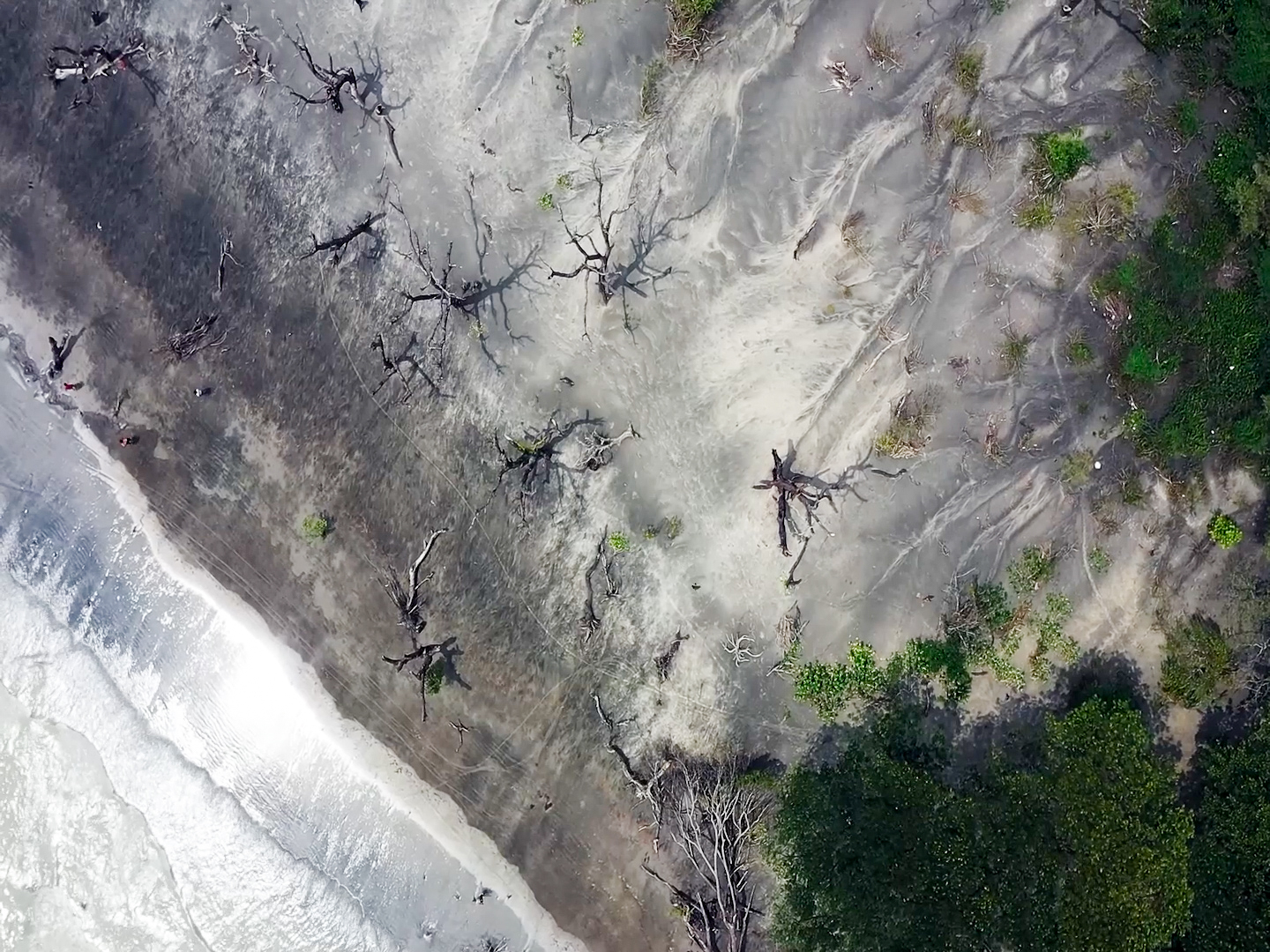Adapting Agriculture to Climate Change in Bangladesh
Agriculture is vital to human existence, yet extraordinarily vulnerable to climate change. The impacts of increasing temperatures, changes in weather and more frequent natural disasters, slow and rapid, are already devastating farmers and farmlands.
T
his past summer one-third of Pakistan was underwater. Somalia is currently on the brink of famine amid the worst drought in four decades. Initial damage estimates from the recent Cyclone Sitrang in Bangladesh saw 1,000 shrimp farms washed away.
Not only is agriculture vulnerable and vital, it’s also critically important economically. In Bangladesh, for instance, 70% of the land is devoted to agriculture, and the sector employs 48% of the population. Indirectly, that figure is much higher.
The world’s future increasingly relies on Locally Led Adaptation.
Adaptation clinics, now being piloted in Bangladesh by BRAC, can play an important role in sustaining agriculture globally. The clinics provide a one-stop solution with a simple philosophy: farmers know how to farm and they understand conditions are changing, but they need advice on how best to respond and access to tools to prepare for the future.
Adaptation clinics are set up in communities that are especially vulnerable to climate change. Each clinic is staffed by a knowledgeable person trained by BRAC who gives free advice and access to services. The clinics are typically set up in rented facilities, so they can move as needs change.
In some cases, the advice focuses on opting for new crop varieties that can be harvested quicker than traditional varieties. BRAC research facilities have developed varieties of a number of crops, such as cucumbers, watermelons, and sunflowers, that grow faster and can cope with a variety of different conditions. One new variety of cucumber can be harvested in 30 days instead of 45. The adaptation clinics provide advice on what seeds to use, where to get them, and how to plant and harvest them. They also provide demonstrations, and access to other inputs, such as fertilizer.

In other cases, the advice focuses on suggesting crops that can withstand greater salinity from sea-level rise. For example, BRAC is developing seeds that can tolerate up to eight parts per thousand (ppt) of salt. Constant research, development and innovation is needed in this area – within 5-10 years those seeds might need to be able to tolerate up to 15 ppt of salt. This year, BRAC introduced salt-resistant sesame seeds. We have already seen improved results, but another two or three harvesting cycles are needed to be sure.
The adaptation clinics can also provide storage, so that farmers can take their products to market at the best time.
The first clinics were set up in Jamuna char, a remote riverine island area. In monsoon season, the area gets inundated by water. Farmers produce chilli, maize and onion, but they often end up selling them at a loss because they don’t have space to store them. If they could store them for three or four months, they could get much higher prices. The adaptation clinics make space available to store up to 40 kg of products.

Adaptation clinics also provide advice on weather forecasting, to help farmers anticipate future conditions. The clinics can even help connect farmers to markets for new products. This helps prevent any uncertainty about whether a new product will sell.
The adaptation clinics are driven by local needs and tap into local knowledge to offer expertise to address those needs. They are a working example of Locally Led Adaptation, adhering to the eight principles of locally-led adaptation which the Global Commission on Adaptation co-developed with BRAC, the Global Center on Adaptation, and other organizations.
Against the backdrop of the last IPCC report, which highlighted that a lack of local input in climate adaptation initiatives is not only ineffective but can lead to maladaptation, initiatives such as climate adaptation clinics show a way to place lived experience at the heart of action.
The author is Director of Climate Change at BRAC, based in Bangladesh.
For more information on Locally Led Adaptation action, please visit the platform of GCA’s recently launched Global Hub on Locally Led Adaptation.
Photos courtesy of BRAC.
The ideas presented in this article aim to inspire adaptation action – they are the views of the authors and do not necessarily reflect those of the Global Center on Adaptation.